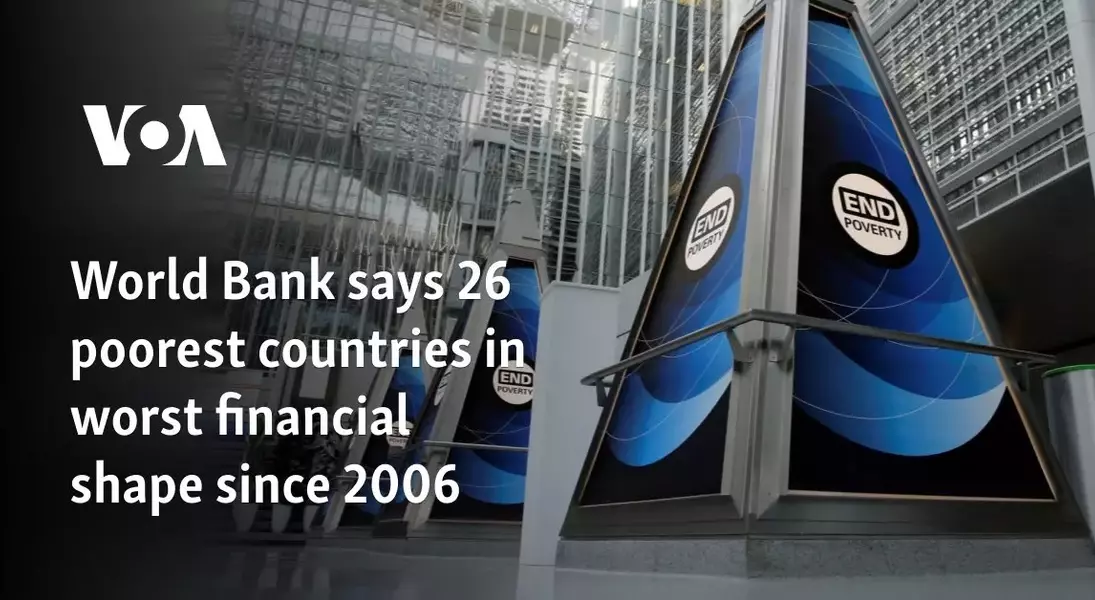Debt Crisis Looms for World's Poorest Nations
The world's 26 poorest countries, home to 40% of the most poverty-stricken people, are facing a mounting debt crisis, according to a new World Bank report. These economies are poorer today on average than they were before the COVID-19 pandemic, even as the rest of the world has largely recovered. The report highlights the urgent need for increased international support to address this growing challenge.Tackling the Debt Burden of the Poorest Nations
Escalating Debt Levels and Vulnerability to Shocks
The report reveals that the 26 poorest economies studied, with annual per-capita incomes of less than $1,145, are increasingly reliant on grants and near-zero interest rate loans from the World Bank's International Development Association (IDA) as market financing has dried up. Their average debt-to-GDP ratio has reached an 18-year high of 72%, with half of the group either in debt distress or at high risk of it. These countries are also grappling with the impact of natural disasters, which have caused average annual losses of 2% of GDP over the past decade, five times the average among lower-middle-income countries.Institutional and Social Fragility Hindering Progress
The report also highlights the institutional and social challenges faced by these nations, with two-thirds of the 26 poorest countries either in armed conflicts or struggling to maintain order. This instability inhibits foreign investment and exposes them to frequent boom-and-bust cycles, as they are heavily reliant on commodity exports.The Need for Increased International Support
The World Bank's chief economist, Indermit Gill, emphasizes the critical role of the IDA in supporting these countries, stating that "over the past five years, it has poured most of its financial resources into the 26 low-income economies, keeping them afloat through the historic setbacks they suffered." As the World Bank and International Monetary Fund prepare for their annual meetings, the report underscores the urgent need to replenish the IDA's financing fund, with a goal of raising over $100 billion in pledges by December 6th.Improving Domestic Resource Mobilization
The report also recommends that these economies, which have large informal sectors operating outside their tax systems, do more to help themselves. This includes improving tax collections by simplifying taxpayer registration and tax administration, as well as improving the efficiency of public spending. By strengthening their domestic resource mobilization, these countries can enhance their resilience and reduce their reliance on external financing.The Imperative of Eradicating Extreme Poverty
The report's findings confirm a major setback to efforts to eradicate extreme poverty, which is a critical global development goal. The World Bank's efforts to raise substantial funding for the IDA underscore the importance of sustained international cooperation and support to address the complex challenges facing the world's poorest nations.You May Like


